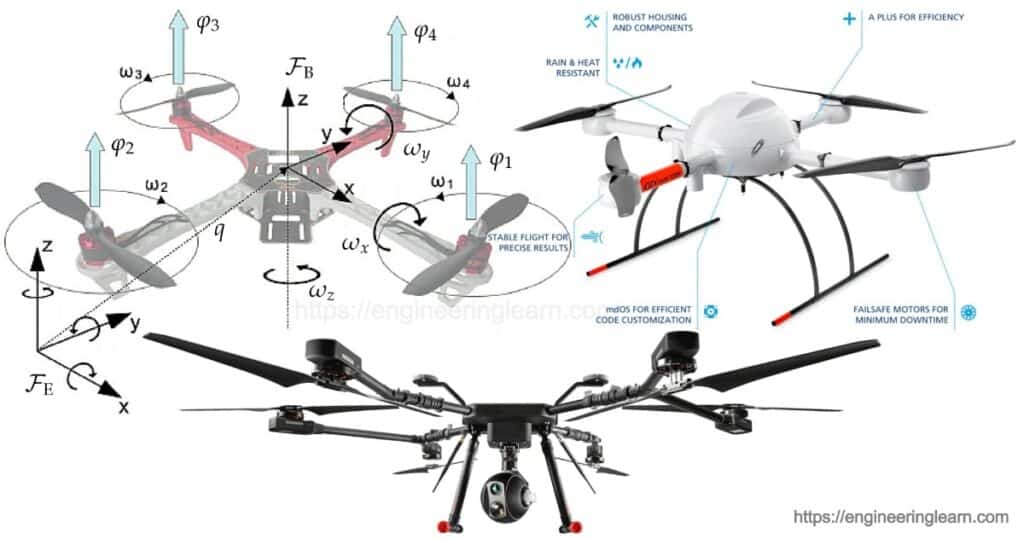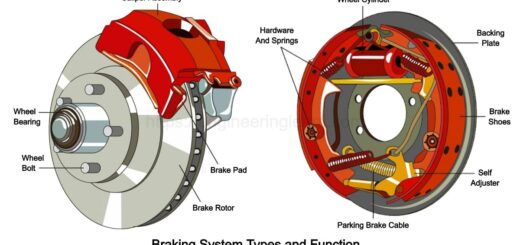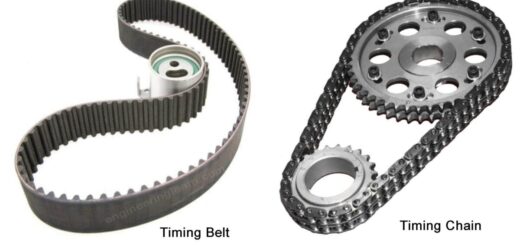Drone Operating System How do Work

Drone Operating System How do Work :- Drone System is also called as UAV (Unmanned aerial Vehicle). Mainly drone is a flying robot that can be remotely configured or run on the basis via the software application controlled flight plans in their embedded system working in conjunction with onboard sensors & GPS. Drone technology is one of the best inventions of this time. It has not only changed the ways we do business but it has also created an enabling environment to ensure that time and resources are saved in the daily business engagements.
The UAV which Expands to Unmanned Aerial Vehicle is the technological named as “Drone”. The Drone or UAV mainly consist of two parts are control system & UAV itself.
Types of Drone or UAV System
This system comes in very wide range in shapes, sizes & Functions. Drones basically are categorized into two divisions:
• MQ- Reaper, A hunter killer surveillance UAV. They are usually developed for military operations & Special Purpose.
• DJI phantom UAV for commercial & recreational aerial photography
• While some other types are Micro –UAV
• Biomimetic UAV
• Blimps & Balloon
Typical material that are used for Production of Drone Operating System
- 6V Motors – 4
- Fingers Size Propeller – 4
- Transmitter & Receiver in Pairs
- Connecting Wires
- Battery – 3.6V Lithium Ion
- ESC: An electronic speed controller or ESC is an electronic circuit with the aim to vary an electric motor’s direction, its speed & also to act as a dynamic brake. It converts DC battery power into Three-phase AC for driving brushless motors.
- Battery Monitor: Provides in-flight power level monitoring to flight controller. Your battery is critical to flying safely. If you fly drone too far out and your quadcopter runs out of battery then it will either make an emergency landing or will crash.
Operating Principle of drone System
Quadcopter(Drone) is basically a device with an intense mixture of electronic, mechanical and mainly on the Principles of aviation. It has 4 motors whose speed of rotation & direction of rotation change as per the user controlled through software or via other modes.
The rotation of the motor changes as per the transmitted signal sent from the four channel transmitter. The signal from microcontroller goes to ESC which in turns controls the speed of the rotor.
Usage & application In India as per the DGCA (Directorate General of civil aviation) has invited expressions of interest (EOI) from consortia of experts for “conducting Experimenting beyond visual line of sight operations of RPA from India , leading to submission of proof of concept for safe BVLOS operations.
Advantages of UAV
• Doesn’t require a qualified pilot.
• Can enter into the any types of environment.
• Drone stay in air up to 20 minutes.
• Can be fully programmed to complete the mission autonomously.
• Fixed wings can fly at a very high altitude.
Disadvantage of UAV
• Short Life Battery
• Hackable
• It is quite tough to maintain same height
• Expensive









